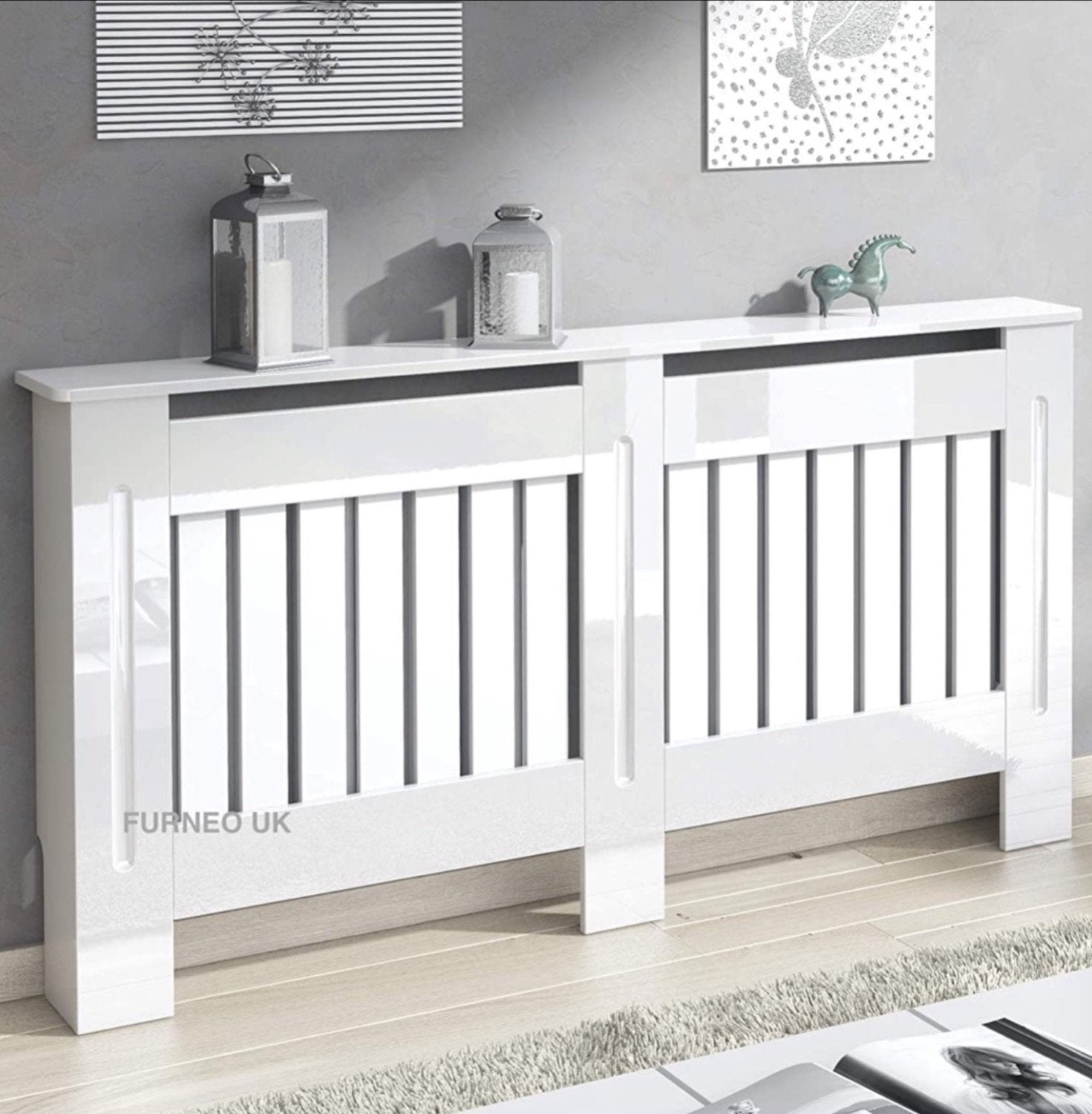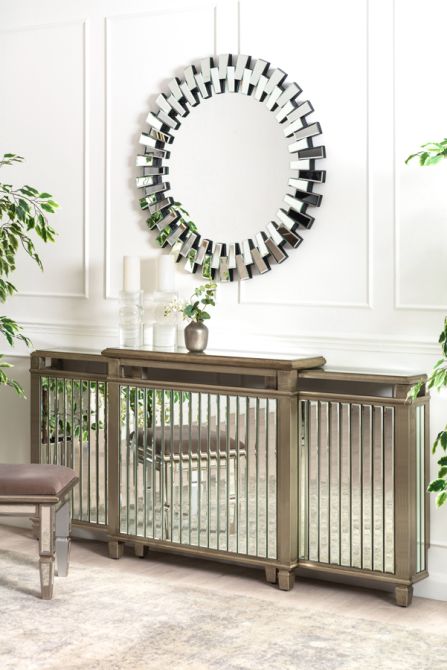Radiator Covers: Comprehending Materials, Designs, and Benefits
Radiator covers serve both aesthetic and useful purposes within a home, supplying a variety of products such as hardwood, metal, and MDF to match various layout preferences. Picking the right radiator cover includes comprehending the subtleties of materials, styles, and their connected advantages.
Sorts Of Products


Wooden covers, usually crafted from hardwoods such as oak or maple, supply a timeless, warm appearance that matches typical interiors. Their resilience and capability to be tarnished or painted contribute to their convenience. Steel covers, usually made from steel or light weight aluminum, are preferred for their robustness and modern look, commonly including sleek lines that enhance contemporary areas.
MDF, a made timber item, is preferred for its cost-effectiveness and ease of customization. It can be painted or completed to match existing decoration while offering a smooth surface. Plastic covers, while less common, are resistant and lightweight to wetness, making them appropriate for damp atmospheres.
Ultimately, the selection of material for a radiator cover should line up with the property owner's style preferences, functional requirements, and the particular environment where the cover will certainly be mounted. Each product uses a distinctive personality, making sure that there is a choice to fit every taste and setting.
Popular Design Styles
Highlighting aesthetic allure, preferred design styles for radiator covers show a variety of preferences and interior style trends. Traditional designs typically feature intricate woodwork and ornate describing, making them appropriate for timeless or vintage-inspired interiors. These covers normally include carved components, offering a cozy and welcoming feeling to any kind of area.
On the other hand, contemporary styles focus on minimalist aesthetic appeals, characterized by tidy lines and downplayed beauty. Products such as steel or sleek timber with a smooth finish are generally utilized, allowing these covers to mix perfectly into contemporary spaces. Industrial designs, on the other hand, welcome basic materials like revealed metal and concrete, adding a strong statement to loft space or urban setups.
For those seeking a special touch, bespoke layouts provide customization alternatives that satisfy private preferences, making it possible for property owners to pick shades, patterns, and materials that match their style. Additionally, farmhouse-style covers integrate rustic elements, featuring troubled timber and simple types that stimulate a comfy, country charm.
Benefits of Radiator Covers
Radiator covers not just boost the visual appeal of a space however additionally offer several useful advantages that make them a rewarding enhancement to any kind of home. One of the primary advantages is security, particularly in families with pets or children. Covers reduce the risk of burns from hot radiator surfaces, making sure a much safer atmosphere.
In addition, radiator covers can boost power efficiency. By directing heat into the area instead of permitting it to run away, they aid keep a regular temperature level, reducing home heating costs in time. This is especially useful in older homes where radiator systems may be less efficient.
An additional remarkable advantage is sound reduction. Radiators can in some cases produce undesirable noises throughout operation, and covers can help stifle these noises, adding to a much more relaxed space. Moreover, radiator covers can be useful, supplying extra storage or display room, consequently making the most of the energy of often-overlooked locations.
Lastly, they can safeguard radiators from dust and debris, which can impede effectiveness and increase upkeep demands. With these integrated benefits, radiator covers arise as a practical remedy for improving both the functionality and style of any home environment.
Installation Factors To Consider
Installing radiator covers requires mindful factor to consider to ensure both performance and security (Radiator cover). Examine the dimensions of your radiator and the surrounding area to make certain a proper fit. Accurate dimensions are critical; an uncomfortable cover can block heat flow or my website create security risks
Next, assess the product of the cover. While wood offers aesthetic appeal, metal alternatives might provide much better sturdiness and warm resistance. Consider the weight of the cover also; heavier covers might call for added support or reinforcements to avoid drooping or damage in time.
Ventilation is one more critical facet. Covers have to feature sufficient airflow to avoid getting too hot and preserve efficient home heating. Try to find styles with slats or perforations that enable warm to circulate without obstruction.
Furthermore, make sure that the cover is safely placed to protect against crashes, especially in homes with animals or children. Radiator cover. It's a good idea to comply with the like it maker's setup guidelines carefully and, if required, seek advice from an expert for complicated setups
Maintenance and Care Tips
Proper maintenance of radiator covers is vital for guaranteeing their long life and optimum efficiency. Regular cleaning is essential; dirt and particles can collect, obstructing airflow and reducing warmth efficiency. Use a soft, wet fabric or a microfiber duster to carefully wipe the surface area, preventing severe chemicals that might damage the coating. For painted or wood covers, think about an ideal gloss or protective covering to maintain their appearance.
Inspect the covers occasionally for signs of wear or damages, such as fractures or peeling off paint. Attending to these issues without delay can prevent more degeneration. Ensure that the covers are safely fastened and look for any loosened screws or installations, as vibrations from the radiator can loosen them with time.
In colder months, stay clear of placing hefty objects or decorative items on top of the radiator covers, as this can impede warm distribution and trigger unnecessary stress and anxiety to the structure. Finally, consider seasonal maintenance by eliminating the covers for complete cleansing and evaluation during warmer months when the heating system is inactive. Embracing these easy treatment ideas will certainly boost the performance and visual appeal of your radiator covers, guaranteeing they serve their function efficiently for years ahead.

Final Thought
In summary, radiator covers function as practical and aesthetic improvements to property spaces. The varied variety of products, including hardwoods, plastic, steel, and mdf, enables alignment with different style styles such as traditional, contemporary, commercial, and farmhouse. The benefits of these covers prolong beyond security and energy efficiency to consist of additional storage space and dust defense. Careful factor to consider of setup and upkeep more ensures you could check here the long life and performance of radiator covers in any type of home atmosphere.
Radiator covers serve both aesthetic and functional functions within a home, offering an array of materials such as hardwood, mdf, and metal to suit various design choices. Choosing the ideal radiator cover includes understanding the nuances of materials, designs, and their connected benefits.Stressing aesthetic allure, popular design styles for radiator covers mirror a variety of preferences and interior layout trends.Radiator covers not only enhance the aesthetic appeal of an area yet likewise provide a number of functional benefits that make them a rewarding addition to any kind of home. Consider the weight of the cover as well; much heavier covers might require additional assistance or supports to avoid sagging or damage over time.